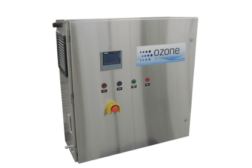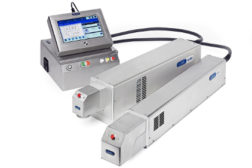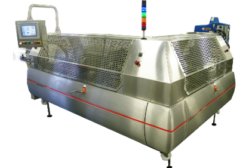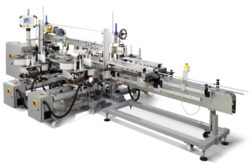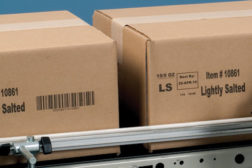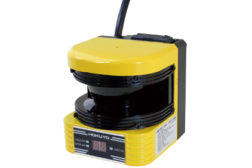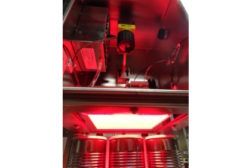Machinery
WS Packaging group introduces new lineup of label application equipment
Business unit for application equipment renamed WSAutomation
August 27, 2013
Machinery Technology: Coding & marking
Printing solutions deliver benefits to food and beverage packagers
Innovations and advancements leave their mark.
August 14, 2013
PMMI Corner
X-Ray vision
In a climate with increasing concerns regarding food quality, leading manufacturers use the latest in X-ray inspection technology to protect products, consumers and ultimately, their brands.
August 2, 2013
Ryson introduces 10” high capacity mass flow spiral conveyor
Unit adds diversity to line of mass flow vertical conveyors
July 31, 2013
Tapeswitch offers programmable safety laser scanner
Compact, lightweight, easy to use scanner offers wide area coverage.
July 26, 2013
Keep the info flowing with our eNewsletters!
Get the latest industry updates tailored your way.
JOIN TODAY!Copyright ©2025. All Rights Reserved BNP Media.
Design, CMS, Hosting & Web Development :: ePublishing


